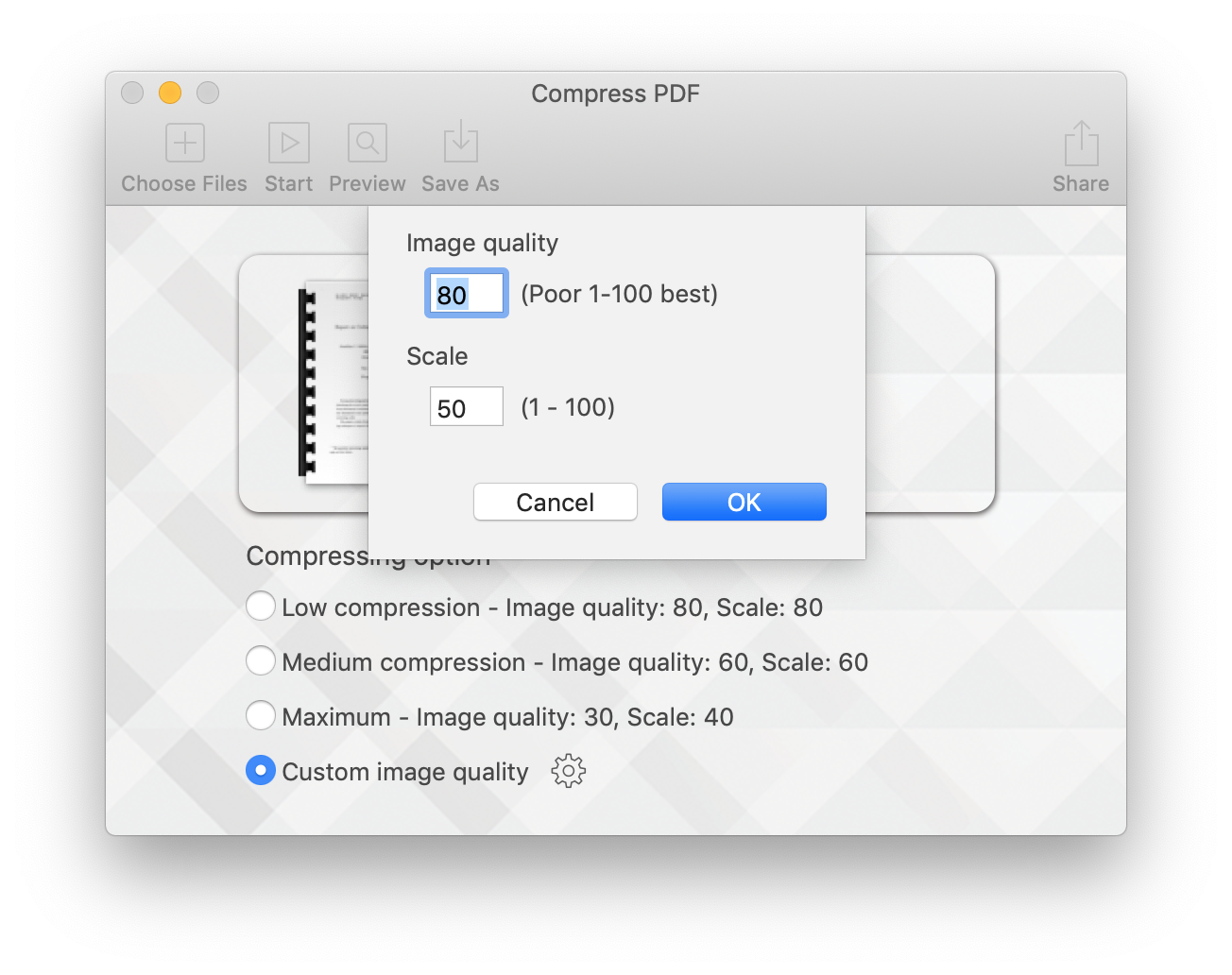
Step 5: Click "Export" to compress and save the images to your desired location.Step 4: In the export dialog box, select the format and adjust the size options based on your requirements.Step 3: With the images selected, go to "File" in the top menu and choose "Export" > "Export Photos.".

Step 2: Select the images you want to compress by holding down the Command key and clicking on each image.
 Step 1: Launch the Photos app on your Mac. If you have multiple images to compress, the Photos app provides a convenient option.
Step 1: Launch the Photos app on your Mac. If you have multiple images to compress, the Photos app provides a convenient option. #IMAGE COMPRESS AND RESIZE MAC MAC#
Method 2: Leveraging the Mac Photos App. Step 4: Click "Save" to export the compressed image to your desired location. Preview provides a real-time preview of the compressed image, allowing you to strike a balance between quality and size. Step 3: In the export dialog box, choose the desired format (JPEG, PNG, etc.) and adjust the quality slider to reduce the file size. Step 2: Click on "File" in the top menu and select "Export.". Step 1: Open the image you want to compress in Preview. Mac's default image viewer, Preview, offers a straightforward and efficient way to compress images. In this guide, we'll explore various methods and tools available to compress images effectively while maintaining their visual integrity. In today's digital world, where images are a significant part of our lives, it's important to optimize their size without compromising quality.Ĭompressing images on your Mac can help save valuable storage space, improve website performance, and facilitate seamless file sharing. 
Compress images safe and secure always! Privacy matters







 0 kommentar(er)
0 kommentar(er)
